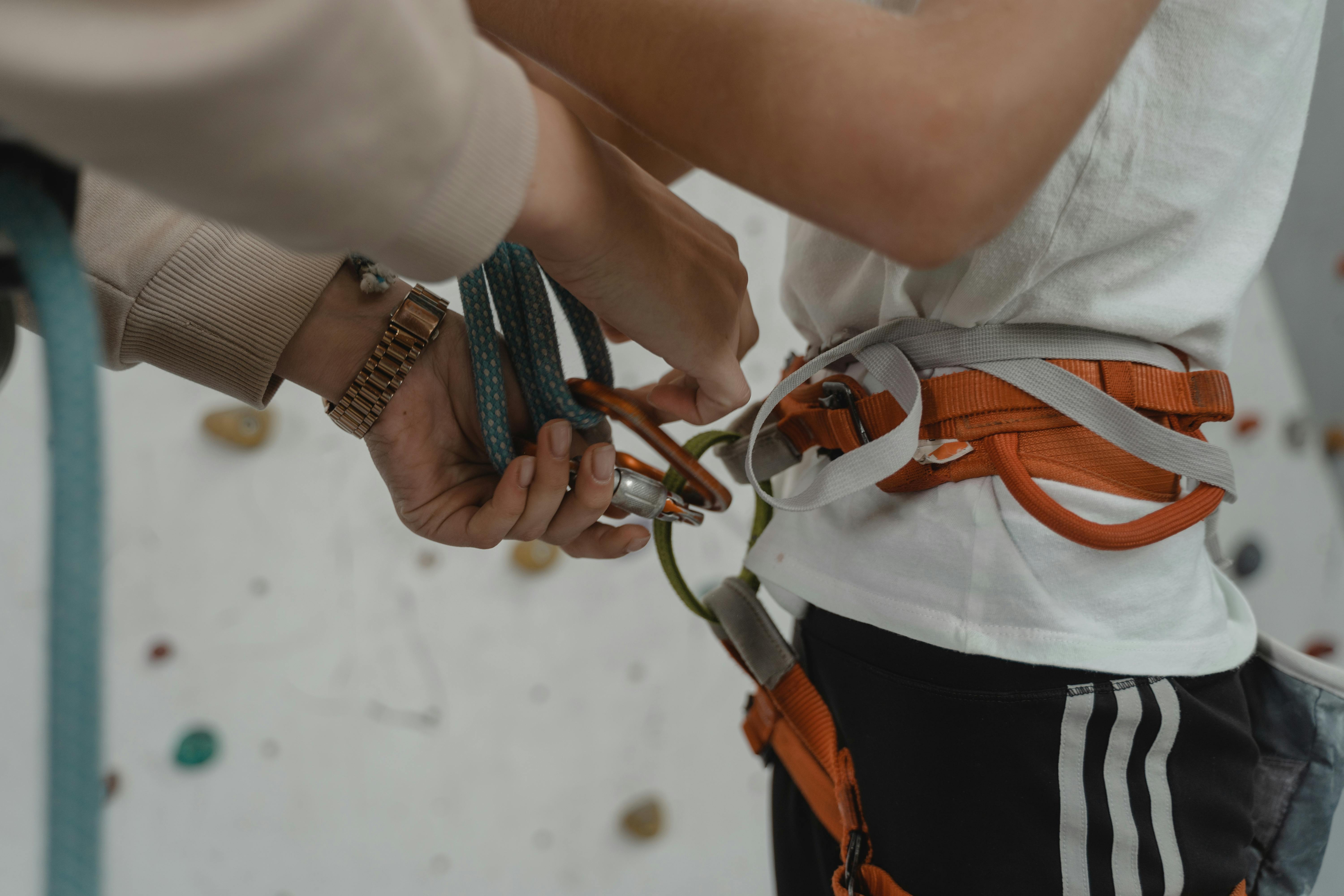The trapezius muscle: a cause of pain in the upper back, neck and shoulders
The lower back receives a lot of attention as one of the leading causes of lost work days, disability, and hospital visits per year. Although not as widespread, upper back, neck, and shoulder pain can be just as disruptive as lower back pain.
While sometimes a joint problem is to blame, the most common cause of pain in the neck, upper back, and shoulders is muscular. There are a number of muscles in the upper back, with the trapezius being the largest. It is triangular, extending from the middle column to the base of the skull and over the scapula. Its unique shape makes it responsible for a variety of actions, including tilting the head, supporting the upper body, stabilizing the shoulder joints, and serving as the base for arm movements. Since it is found in the neck, shoulder, and upper back, the trapezius is probably the culprit for pain in these regions.
If the trapezius muscle has been injured, various movements will be painful, such as shrugging, rotating the shoulders, and moving the neck. There are two common causes of neck, back, and shoulder pain associated with the trapezius muscle.
Excessive use
Overuse injuries can occur anywhere on the body. They are caused by repetitive movements that tax the muscles, ligaments, and tendons without giving them adequate rest time between actions. Even light repetitive use of the trapezius can cause an overuse injury. If your work or other activities require constant movement of a shoulder, the muscle will contract frequently without enough time to rest between contractions. Rest time is essential, since blood flow depends on a contraction/relaxation cycle. When a muscle becomes chronically tight from overuse, it doesn’t receive large amounts of fresh nutrients and oxygen from the blood. Chronically tight muscles can develop knots called trigger points that make it even more difficult for a muscle to relax.
The trapezius can get an overuse injury if you use a computer with a mouse all day. Holding a phone between your head and shoulder is another way the muscle becomes chronically tight. If your upper back, neck, and shoulder hurt on one side of your body, it’s likely that something you do with that side of your body is causing an overuse injury. Getting creative about your work station can solve these types of injuries. For example, using a mouse with a rolling ball or investing in a headset or earpiece for your phone would allow the muscle to relax.
You will need to undo the damage done to your trapezius by forcing it to relax. This can be done by self myofascial release (SMR), trigger point massage, or deep tissue massage. See the video at http://www.youtube.com/watch?v=gCVowv5A66Q to learn more about SMR for your trapeze.
postural dysfunction
As children, we were all told to sit upright, but how many of us practice proper posture at work, at home, or on the road? The human body is not designed for prolonged sitting, but modern life often encourages and demands it. Unless you have a very strong core and pay constant attention to your posture, you’ll likely end up slouching during the day. This position involves the shoulder hunched and the head forward.
Consider what happens to the chest muscles when they are held in this position. The pectoral muscles in the chest and the round muscles in the armpit at the bottom of the shoulder blade are tight and shortened. Eventually, muscle memory develops to automatically tense these muscles. Their shortened length and tension exert a tug on the structures around them, including the trapezium. The trapezius lengthens and weakens, and this push and pull further encourages a slouched posture.
Overworked muscles suffer tears that can cause pain. These muscles also react by trying to tense up; this is to guard against further ripping. An overstretched trapezius is overworked to keep it from stretching further, while failing to do its intended job of upper back and shoulder stability. The pain can be felt along an overstretched trapezius.
Restoring proper muscle length and strength means relaxing your pectoralis and teres muscles and then conditioning your upper back. SMR can be used on the chest muscles. You can stretch your pecs by clasping your hands behind your back and moving them away from your body. The round group can be stretched by raising the arm above the head and leaning to the opposite side. See http://www.livestrong.com/article/156529-home-exercises-for-the-trapezius-muscle/ for trapezius conditioning exercises.
Once balance in your upper body muscles has been restored, you can practice proper posture and prevent back pain from recurring.
Neck, shoulder, and upper back pain is commonly caused by muscle problems related to overuse or posture. If your imbalance or injury is severe, you may need the help of a physical therapist. If not, chances are you can resolve the pain on your own with a little insight and motivation.



Recent Comments